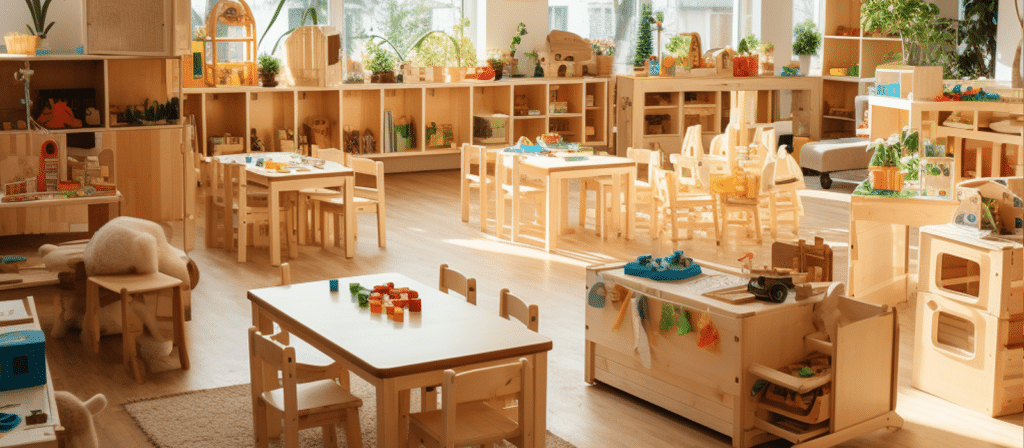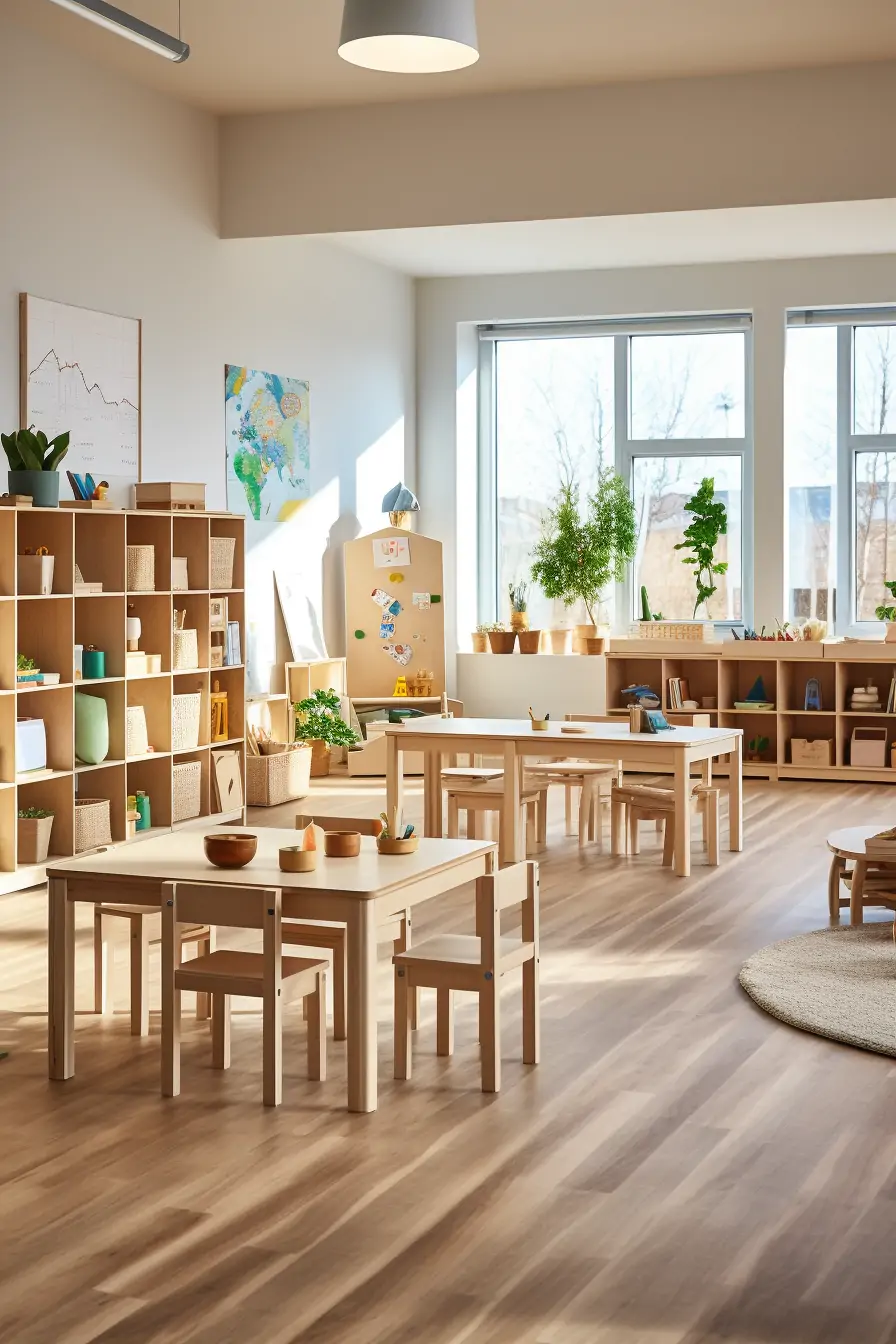Have you ever stopped to consider the significance of chairs and tables in the educational environment? Beyond their basic function, they play a crucial role in shaping the learning experiences of students. In this blog, we will explore the many reasons why chairs and tables are indispensable in schools and how they impact students’ education.
Chairs and tables are essential for providing students with a structured and comfortable space for learning, fostering good posture, encouraging interaction and collaboration, and supporting the overall educational process.
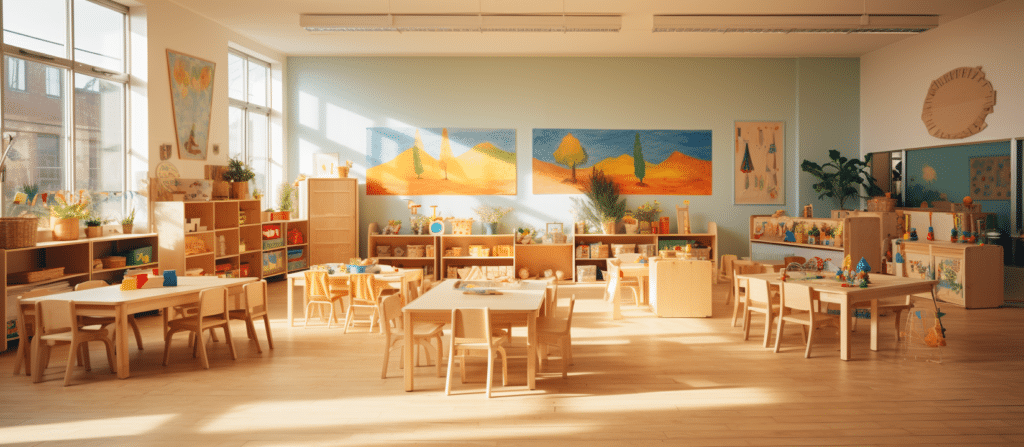
Chairs and tables are not just mere objects in a classroom; they are the foundation of a comfortable and functional learning space. Imagine trying to concentrate on a lesson while sitting on an uncomfortable chair or trying to write on a wobbly table. It would definitely be a challenging task! Providing students with ergonomic chairs and sturdy tables ensures that they can focus on their studies without any physical discomfort or distractions.
One of the primary reasons why chairs and tables are important in schools is that they promote proper posture and spinal health. Students spend a significant amount of time sitting during school hours, and if they are sitting on chairs that do not provide adequate support, it can lead to poor posture and back problems in the long run. Ergonomically designed chairs with adjustable features can help maintain a correct posture and prevent the development of musculoskeletal issues.
Properly designed tables are equally important as they provide a stable surface for students to work on. Whether it’s writing, drawing, or using electronic devices, having a level and secure table ensures that students can perform their tasks comfortably. It also helps in organizing their materials and reduces the risk of accidents caused by unstable surfaces.
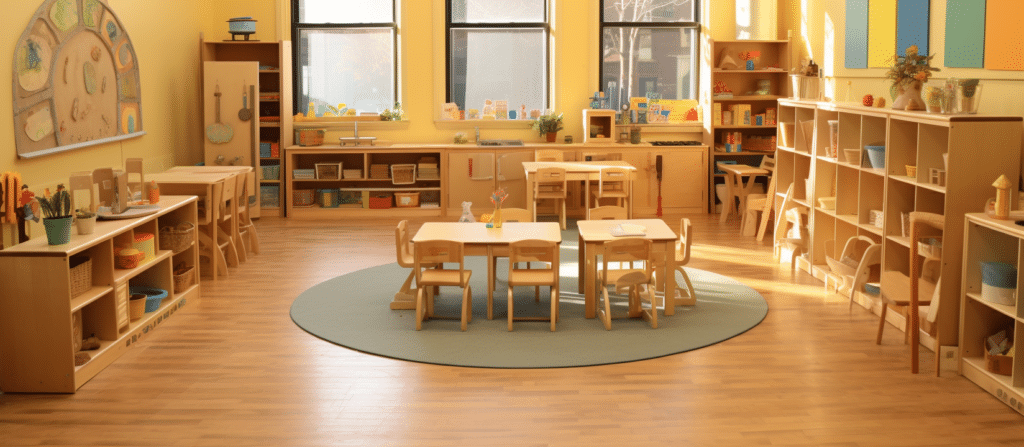
Another aspect to consider is the impact of furniture on student engagement and productivity. Research has shown that the physical environment, including the type of furniture, can significantly affect students’ learning outcomes. Comfortable chairs and spacious tables can enhance student engagement, as they feel more relaxed and at ease in their learning environment. On the other hand, uncomfortable or cramped seating arrangements can lead to restlessness and decreased attention span.
Furthermore, chairs and tables in schools should be adaptable to different teaching methods and activities. Flexibility in furniture allows for easy reconfiguration of the classroom space, enabling teachers to create collaborative work areas or arrange seating to facilitate group discussions. This adaptability encourages student interaction, teamwork, and a dynamic learning experience.
In addition to the physical benefits, chairs and tables also contribute to the overall aesthetics of the classroom. A well-designed and visually appealing classroom environment can have a positive impact on students’ mood and motivation. By incorporating attractive furniture into the classroom, schools can create a welcoming and inspiring atmosphere that encourages students to actively participate in their learning journey.
To ensure the importance of chairs and tables in schools is understood, let’s address some common questions related to this topic:
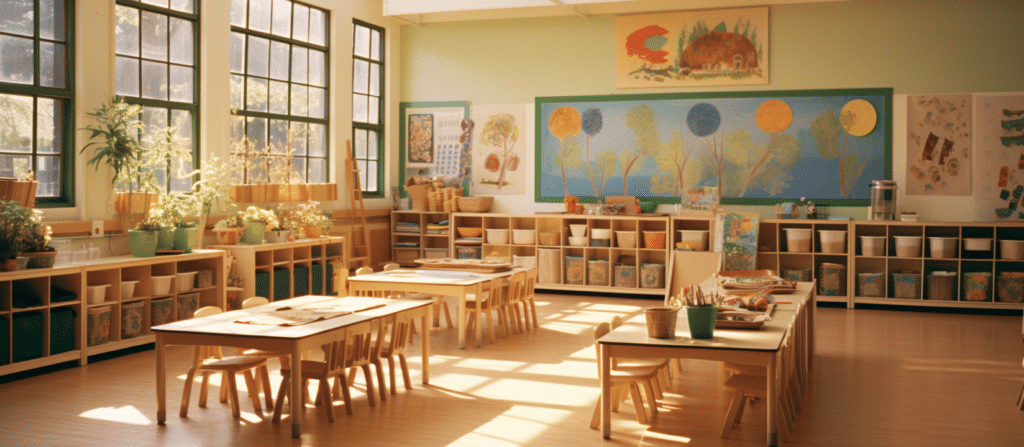
Do chairs and tables really affect student performance?
Yes, they do! Research studies have shown a correlation between the quality of classroom furniture and student performance. Comfortable and well-designed chairs and tables positively impact student engagement, concentration, and overall academic achievement.
What should schools consider when choosing chairs and tables?
When selecting chairs and tables for schools, there are a few factors to consider. These include ergonomics, durability, ease of maintenance, flexibility, and aesthetic appeal. It’s essential to invest in furniture that meets the specific needs of students and the educational environment.
How can schools create a flexible learning space with chairs and tables?
To create a flexible learning space, schools should opt for modular furniture that can be easily rearranged. This allows teachers to adapt the classroom setup based on the learning objectives and activities. Mobile chairs and tables with wheels can also facilitate quick and effortless transitions between different modes of instruction.
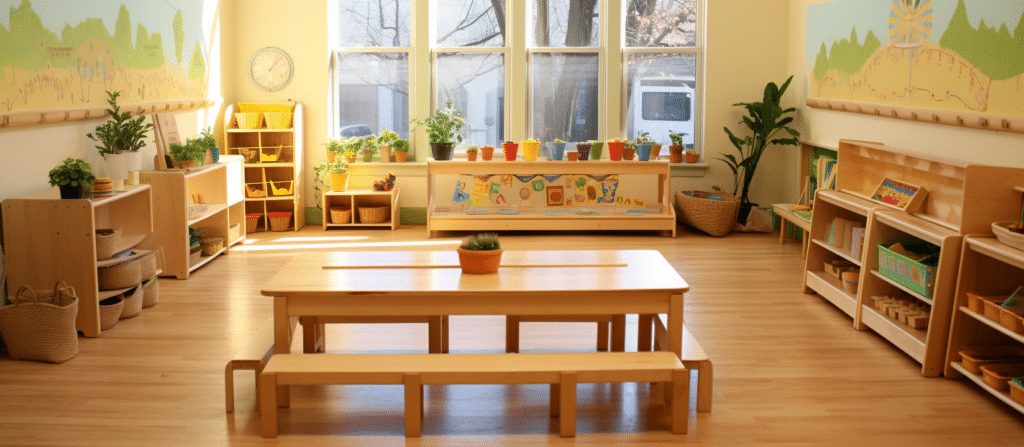
Conclusion
In conclusion, chairs and tables may seem like simple elements in a school setting, but their importance cannot be underestimated. They play a significant role in providing students with a comfortable and conducive learning environment. By investing in ergonomic, functional, and visually appealing furniture, schools can enhance student engagement, promote proper posture, and create a dynamic learning space. So, let’s not forget the impact chairs and tables have on education and give them the attention they deserve!

